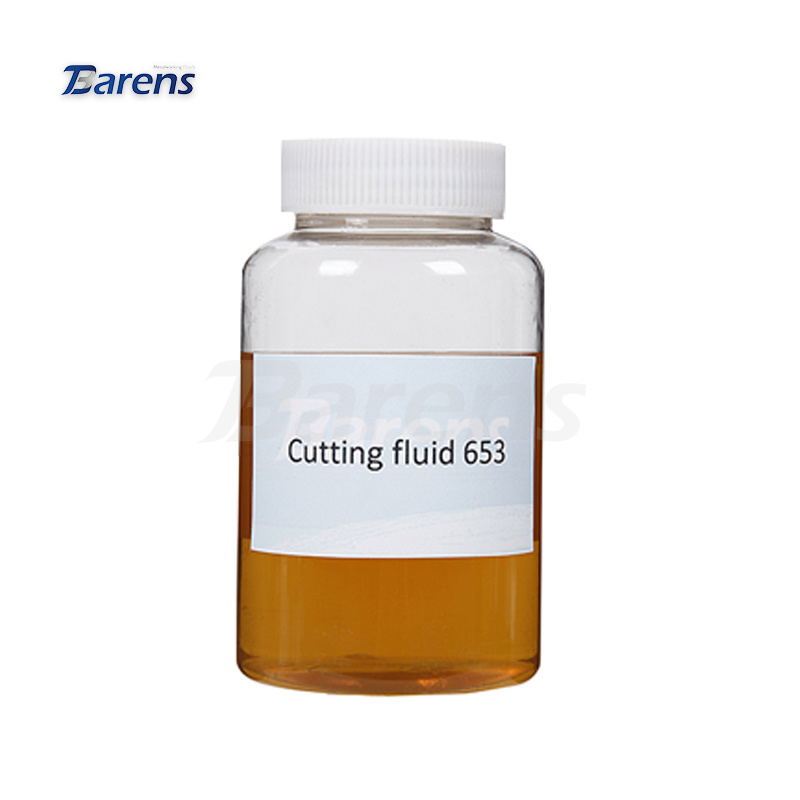Essential Insights on Metal Cutting Lubricants for Optimal Industrial Performance
Aug 19,2025

One of the primary functions of metal cutting lubricants is to reduce heat generated during the cutting process. Excessive heat can lead to tool wear and potentially damage both the tooling and the workpiece. By minimizing friction and dissipating heat, metal cutting lubricants help maintain optimal operating temperatures, which is essential for effective machining.
Another critical aspect of metal cutting lubricants is their ability to provide effective chip removal. During machining, metal chips are produced, and efficient removal is necessary to prevent chip recirculation, which can lead to tool damage and reduced surface quality. A good lubricant will aid in the transport of these chips away from the cutting zone, ensuring a cleaner and more precise machining operation.
In addition to thermal management and chip removal, metal cutting lubricants also contribute to corrosion protection. They form a protective layer on the machined surfaces, which helps prevent rust and other forms of corrosion. This is particularly important in environments where moisture may be present or when working with reactive metals.
When selecting a metal cutting lubricant, it is essential to consider the specific application requirements. Factors such as the type of material being machined, the cutting speed, and the complexity of the machining operation all play a role in determining the most suitable lubricant. Water-soluble cutting fluids, for example, are often used for their cooling properties, while neat oils may be chosen for their superior lubrication in high-pressure applications.
Furthermore, it is crucial to ensure proper application of the lubricant. This includes not only the quantity used but also the method of application—whether it be flood cooling, mist systems, or manual application. Each method has its benefits and can affect the lubricant's performance.
In summary, understanding the role and characteristics of metal cutting lubricants is essential for professionals in the industrial lubrication field. By selecting the appropriate lubricant and applying it effectively, companies can enhance their machining processes, optimize tool performance, and ultimately increase productivity. Staying informed about the latest advancements in metal cutting lubricants will also provide a competitive edge in the ever-evolving industrial landscape.
Contact Us
E-mail:
Weihao@barens.cn
Mobile/Wechat/Whatsapp:
+(86)18595692582
Address:
No.9, Industrial Zone, Wangqu Village, Qinyang City, Jiaozuo City, Henan Province, China
TEL: +86 037186158618
Fax number: +86371-86158608
Contacts: Davi
Mobile/Wechat/Whatsapp: (+86)18595692582
Email: weihao@barens.cn
Contacts: Doris
Mobile/Wechat/Whatsapp: (+86)18211801290
E-mail: Doris@barens.cn
Address:No.9, Industrial Zone, Wangqu Village, Qinyang City, Jiaozuo City, Henan Province, China
Website construction: 300.cn | SEO | Digital card
This site supports IPV4/IPV6 access
COOKIES
Our website uses cookies and similar technologies to personalize the advertising shown to you and to help you get the best experience on our website. For more information, see our Privacy & Cookie Policy
COOKIES
Our website uses cookies and similar technologies to personalize the advertising shown to you and to help you get the best experience on our website. For more information, see our Privacy & Cookie Policy
These cookies are necessary for basic functions such as payment. Standard cookies cannot be turned off and do not store any of your information.
These cookies collect information, such as how many people are using our site or which pages are popular, to help us improve the customer experience. Turning these cookies off will mean we can't collect information to improve your experience.
These cookies enable the website to provide enhanced functionality and personalization. They may be set by us or by third-party providers whose services we have added to our pages. If you do not allow these cookies, some or all of these services may not function properly.
These cookies help us understand what you are interested in so that we can show you relevant advertising on other websites. Turning these cookies off will mean we are unable to show you any personalized advertising.
SAF Coolest v1.3.1.2 设置面板 GAGSD-AGYF-JAAAE-ADE
无数据提示
Sorry, the current column is being updated, please look forward to it!
You can view other columns or returnHome Page



